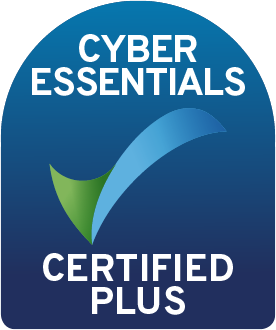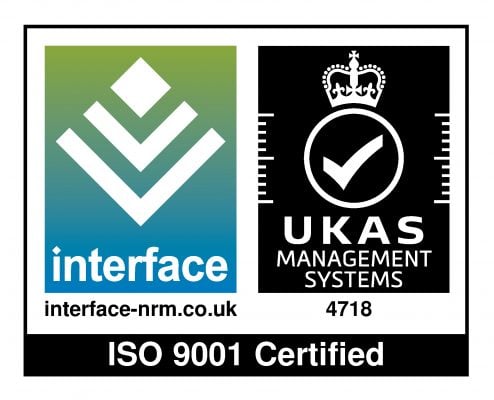Hubken's e-learning glossary: Collaborative learning
Collaborative learning
Collaborative learning is an educational approach which involves two or more learners working on tasks and activities together as to enhance the learning experience - thereby benefitting from the resources and skills of other learners.
-1.gif?width=416&height=208&name=Glossary%20gifs%20(3)-1.gif)
In the world of e-learning, collaborative learning takes place via interactive social learning opportunities such as forums, content playlists, and course feedback.
Frequently Asked Questions
What are the benefits of collaborative learning?
Collaborative learning has many benefits, not least empowering learners to share their own resources and experiences.
By encouraging peer learning amongst your users, you can tap into an otherwise unused resource of expertise. This way, you can identify subject matter experts (SMEs) to lead and inspire other learners, create content, and share best practice tips at no additional cost.
This social, highly interactive method of knowledge exchange is excellent for team building and employee bonding, and can run continuously with the flow of work to bring problem solving to the fore of your operations.
Which platforms work with collaborative learning?
The best platform for collaborative learning is a learning experience platform (LXP) such as Totara Engage.
With Totara Engage, users have access to a wealth of collaborative learning tools such as content playlists where users can compile, edit, and share learning resources including courses, PDFs, videos, and more.
Totara Engage is enriched with social interaction tools, such as like and share buttons, forums for comments and discussions, and recommendations, so users can constantly grow and adapt learning to suit their needs.



